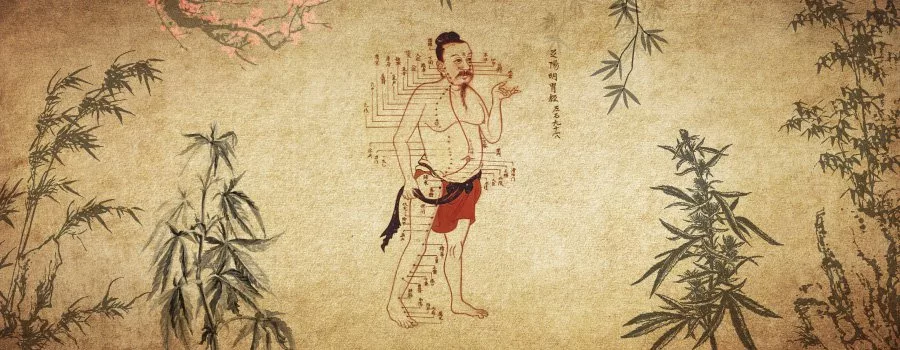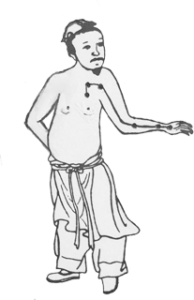 Ancient Acupressure Trigger Points
Ancient Acupressure Trigger Points
Over 4,000 years ago, the Chinese discovered that pressing certain points on the body relieved pain in that area. They also realized there were benefits for other parts of the body, located far away from the point itself.
The basis of trigger points is how pressing or stimulating a point can effect results in others parts of the body. This is because the points open the 12 meridians, which connect to the body’s internal organs.
The origins of Acupressure Therapy and trigger points are as old as the instinctive impulse to hold your forehead when you have a headache. Everyone at one time or another has spontaneously held painful or tight areas on their body.
History of Acupressure
Over time, ancient Chinese physicians found additional points that not only alleviated pain, but also influenced the functioning of certain internal organs. They then developed ways of working specific pressure points along meridian energy lines in order to reduce pain and relieve various conditions. Historically, this was the beginning of Traditional Chinese Medicine.
The healing energy principles of Traditional Chinese Medicine are the basis of Acupuncture points and Acupressure Therapy. Many of these were written over 4,000 years ago in The Yellow Emperor’s Classic of Internal Medicine.
Instinct actually is the oldest contribution to Acupressure’s ancient history. Holding the Acupressure points wherever there’s pain is as old as instinct itself. When a child falls down, he or she instinctively holds the injured area. Similarly, when an adult stubs a toe or burns themself, it’s a natural, automatic instinct to hold it to relieve the pain.
Since ancient times, the art of Acupressure was also enhanced by the contributions of people with intuitive wisdom about physical health, whose awareness was very highly developed. They could feel where blockages were causing pain instinctively and sense which Acupressure points would alleviate the problem.
In early Chinese dynasties, stones and arrows were the implements of war. Many soldiers wounded on the battlefield reported that symptoms of diseases that had bothered them for years suddenly vanished.
Naturally, such strange occurrences baffled the physicians. They could find no logical relationship between the trauma and the ensuing recovery of health. Over time, after years of meticulous observation, ancient Chinese physicians developed ways of curing certain illnesses by striking or piercing these specific points on the body. Thus, Acupressure is much older than Acupuncture, due to its instinctive nature.

Acupressure’s Cultural History: Trial & Error
Acupressure Therapy developed in cultures that honored the healing arts. Ancient civilizations around the world have independently made similar discoveries through instinct and developed effective hands-on folk remedies within their own cultures.
Effective Acupressure technique knowledge was handed down from generation to generation. As with the Chinese physicians, people through the ages have used trial and error to find the most effective ways to help themselves.
Summary of Acupressure History
Acupressure Therapy practices developed from several sources: ancient Chinese folk healing, Acupuncture references, and the clinical experiences from traditional Chinese doctors. Today, we can benefit greatly from this ancient wisdom that honors the body’s ability to balance and heal naturally.
With the materials on this website, you too can learn how to reduce stress, relieve common ailments, and promote vitality and optimal health. One easy way to start is to explore the many Benefits of Acupressure.

 Acupressure is a powerful way to balance your body,
Acupressure is a powerful way to balance your body,